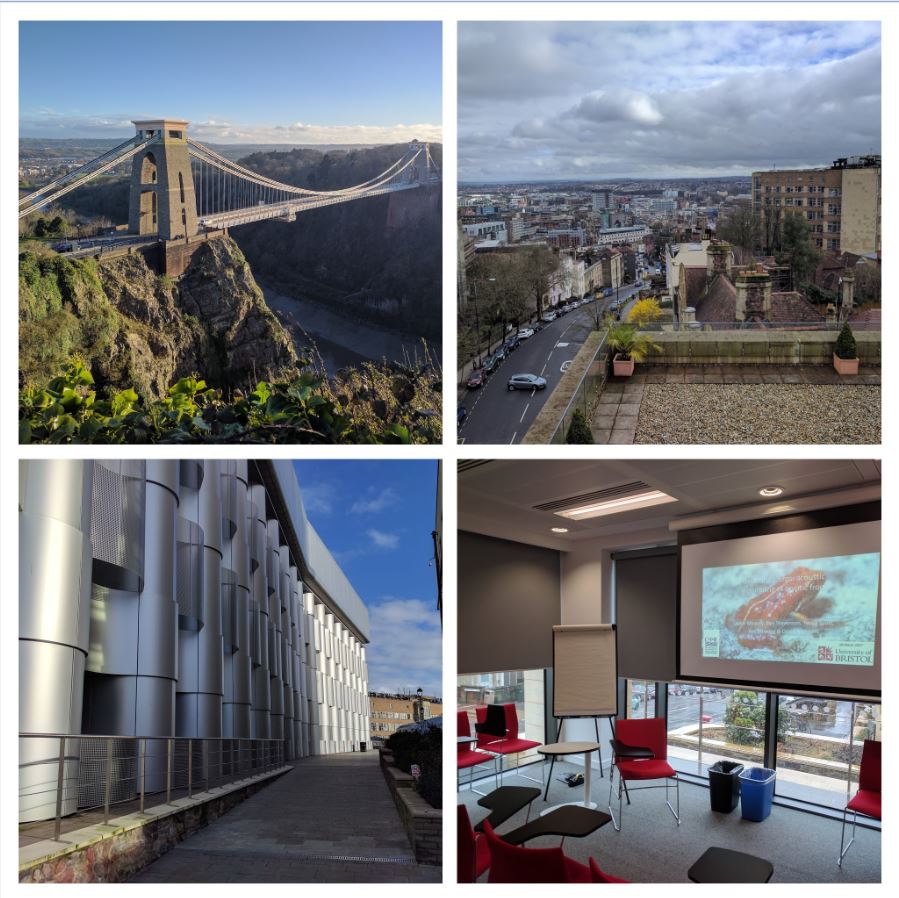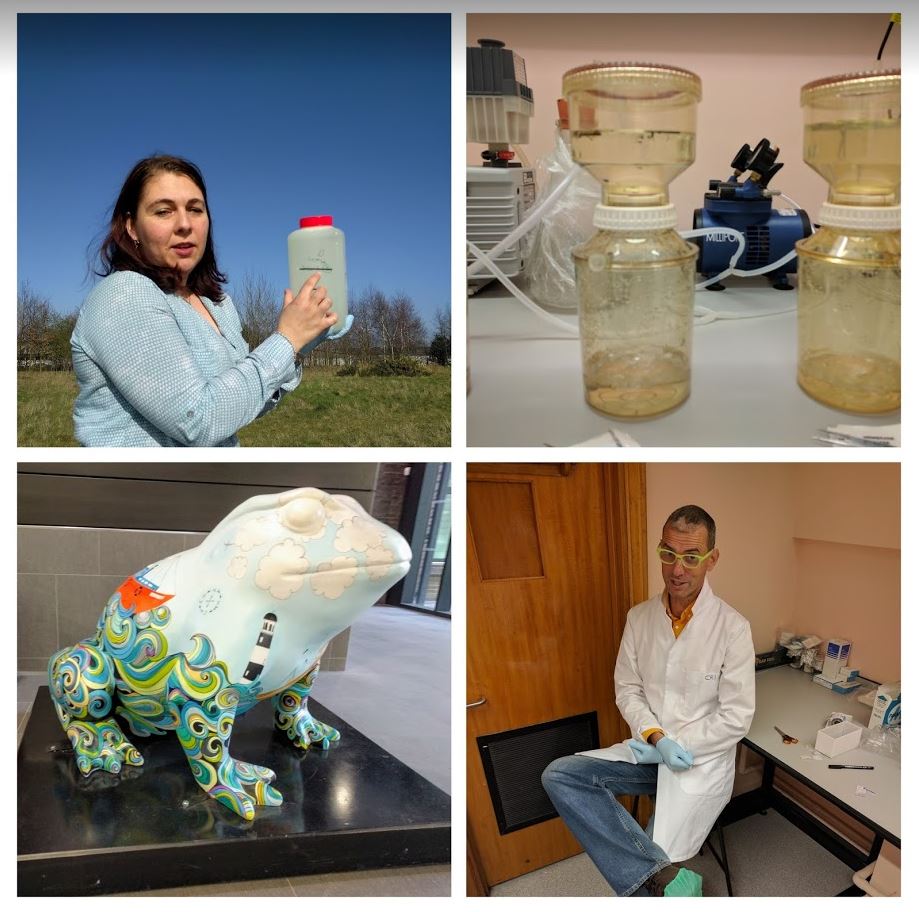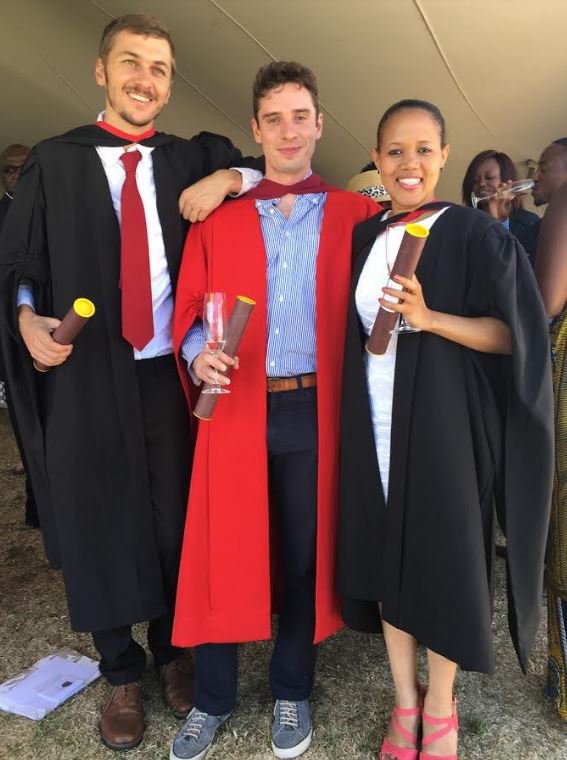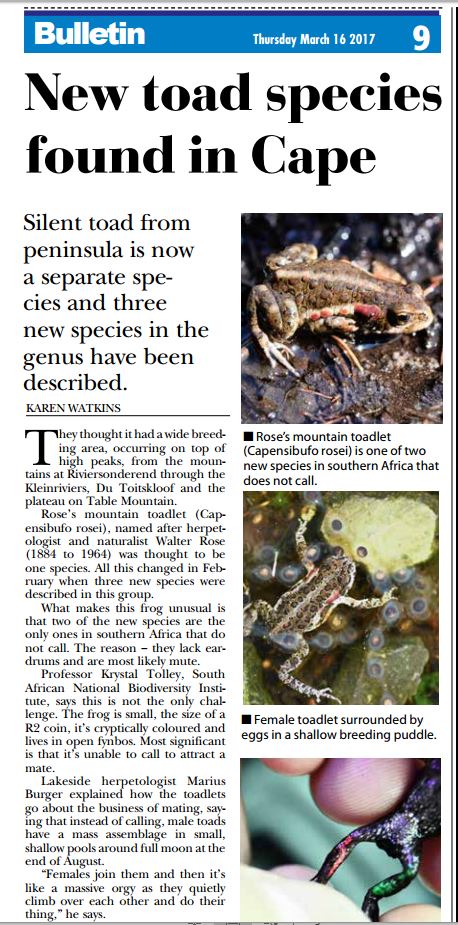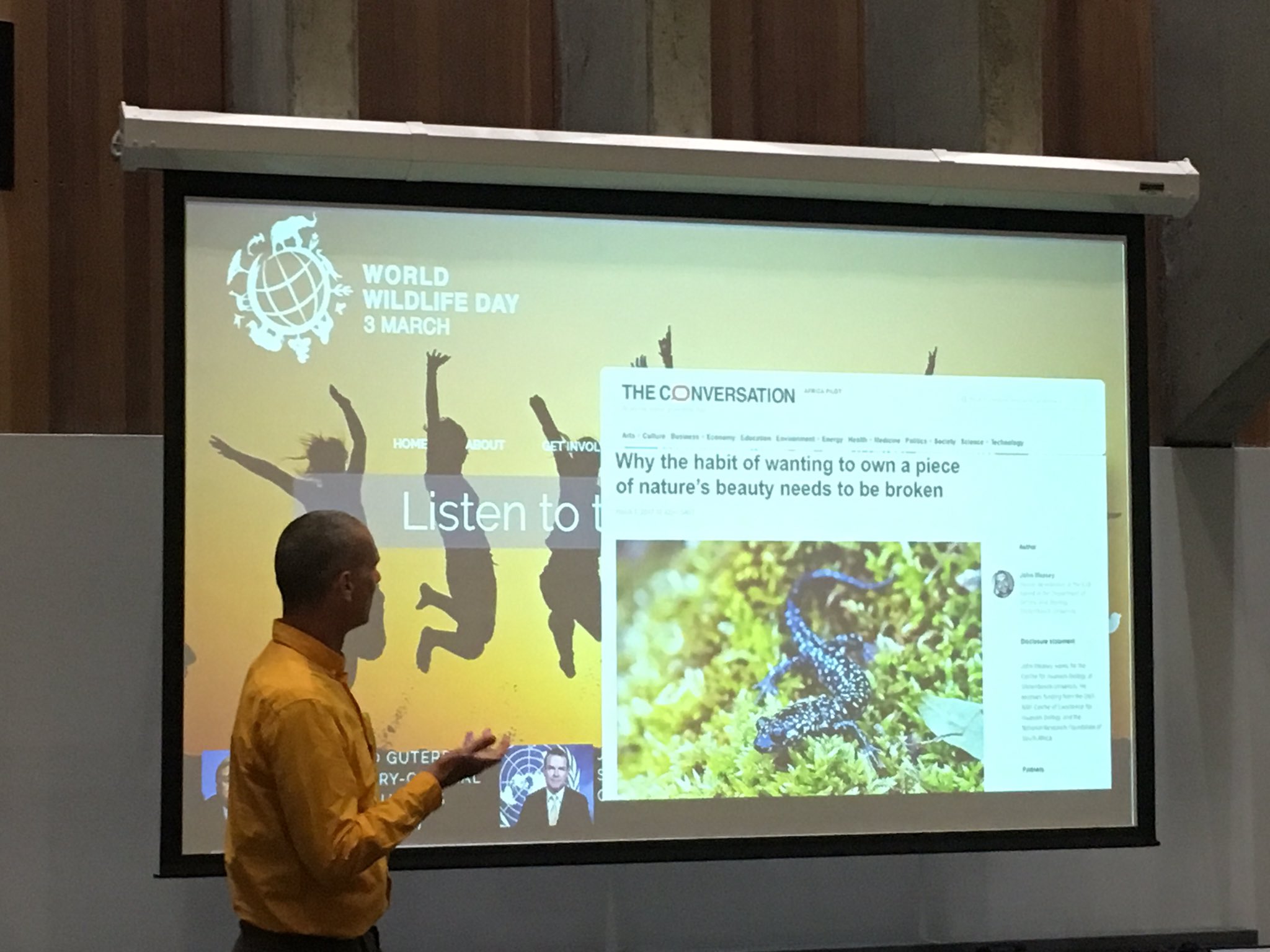Bristol University hears about aSCR
I visited the new School of Biological Sciences at the University of Bristol to meet Marc Holderied and his team members. I learned about their fascinating approach to acoustic camoflauge in relation to bat predation. His team have some fantastic questions and a really exciting approach.
I used the occasion to give a seminar on our aSCR work. It was great to see a few familiar faces from my time there back in the 1990s.
A big thanks to Marc and his team for their invitation to visit and I'm hoping that we'll see him in the MeaseyLab before the end of the year.
